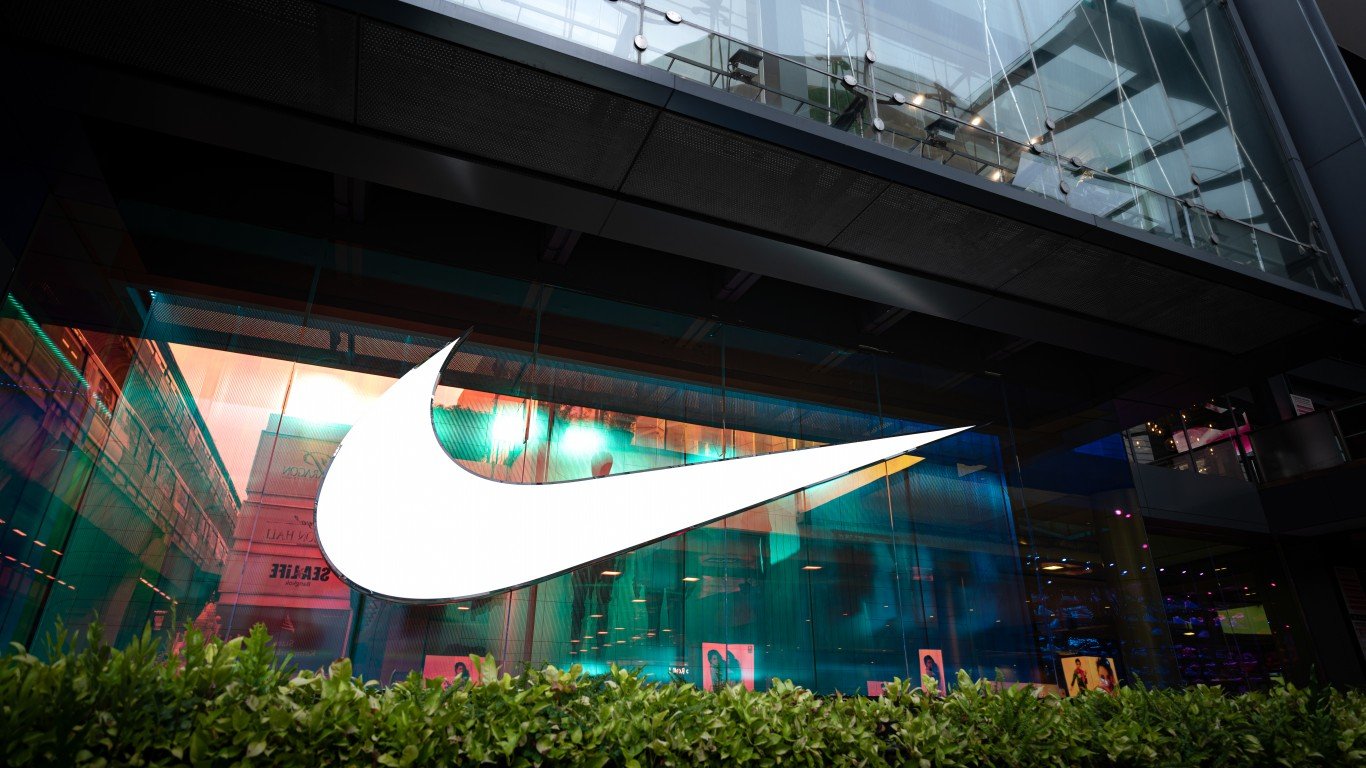

Recent trends in counterfeit and pirated goods point to a steadily rising tide. Those goods now consist of 3.3% of global trade, according to a new report by the Organization for Economic Cooperating and Development (OECD) and the European Union’s Intellectual Property Office.
Trends in trade in counterfeit and pirated goods put the value of imported fake goods worldwide based on 2016 customs seizure data at $509 billion, up from $461 billion in 2013 (2.5% of world trade). As for the EU, counterfeit trade represented 6.8% of imports from non-EU countries, up from 5% in 2013.
Trade in fake goods, which infringe on trademarks and copyrights, creates profits for organized crime gangs at the expense of companies and governments. Fakes of items like medical supplies, car parts, toys, food and cosmetics brands and electrical goods carry a range of health and safety risks.
The majority of fake goods picked up in customs checks originate in mainland China and Hong Kong. Other major points of origin include the United Arab Emirates, Turkey, Singapore, Thailand and India.
On the other side of the equation, the countries most affected by counterfeiting in 2016 were the United States, whose brands or patents were concerned by 24% of the fake products seized, followed by France (17%), Italy (15%), Switzerland (11%) and Germany (9%).
Marcos Bonturi, OECD public governance director, who launched the report with the director of the EU Observatory on IPR infringements at the EUIPO, Paul Maier, and the EU ambassador to the OECD, Rupert Schlegelmilch, commented:
Counterfeit trade takes away revenues from firms and governments and feed other criminal activities. It can also jeopardise consumers’ health and safety. Counterfeiters thrive where there is poor governance. It is vital that we do more to protect intellectual property and address corruption.
Essential Tips for Investing: Sponsored
A financial advisor can help you understand the advantages and disadvantages of investment properties. Finding a qualified financial advisor doesn’t have to be hard. SmartAsset’s free tool matches you with up to three financial advisors who serve your area, and you can interview your advisor matches at no cost to decide which one is right for you. If you’re ready to find an advisor who can help you achieve your financial goals, get started now.
Investing in real estate can diversify your portfolio. But expanding your horizons may add additional costs. If you’re an investor looking to minimize expenses, consider checking out online brokerages. They often offer low investment fees, helping you maximize your profit.
Thank you for reading! Have some feedback for us?
Contact the 24/7 Wall St. editorial team.



